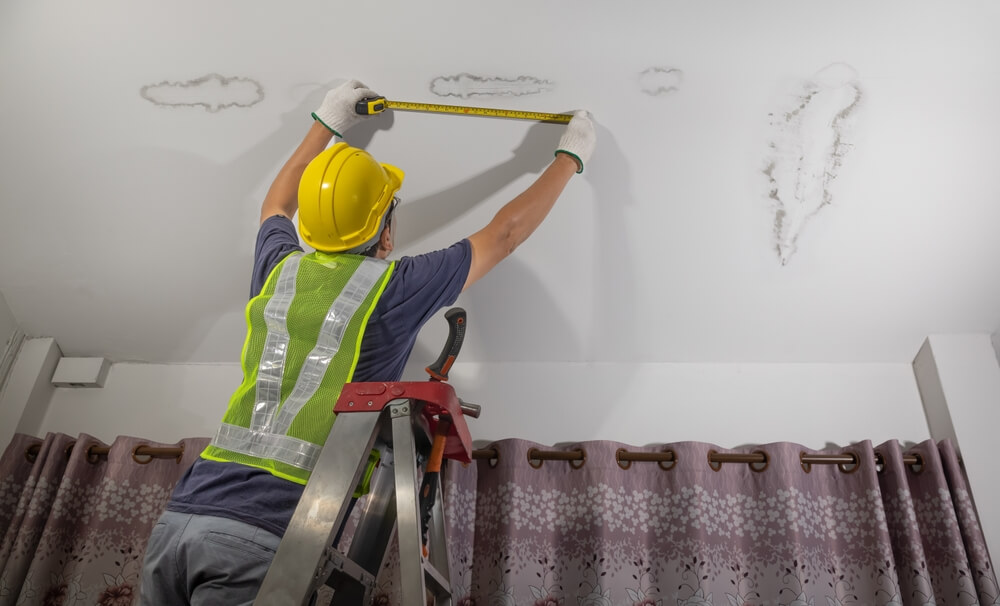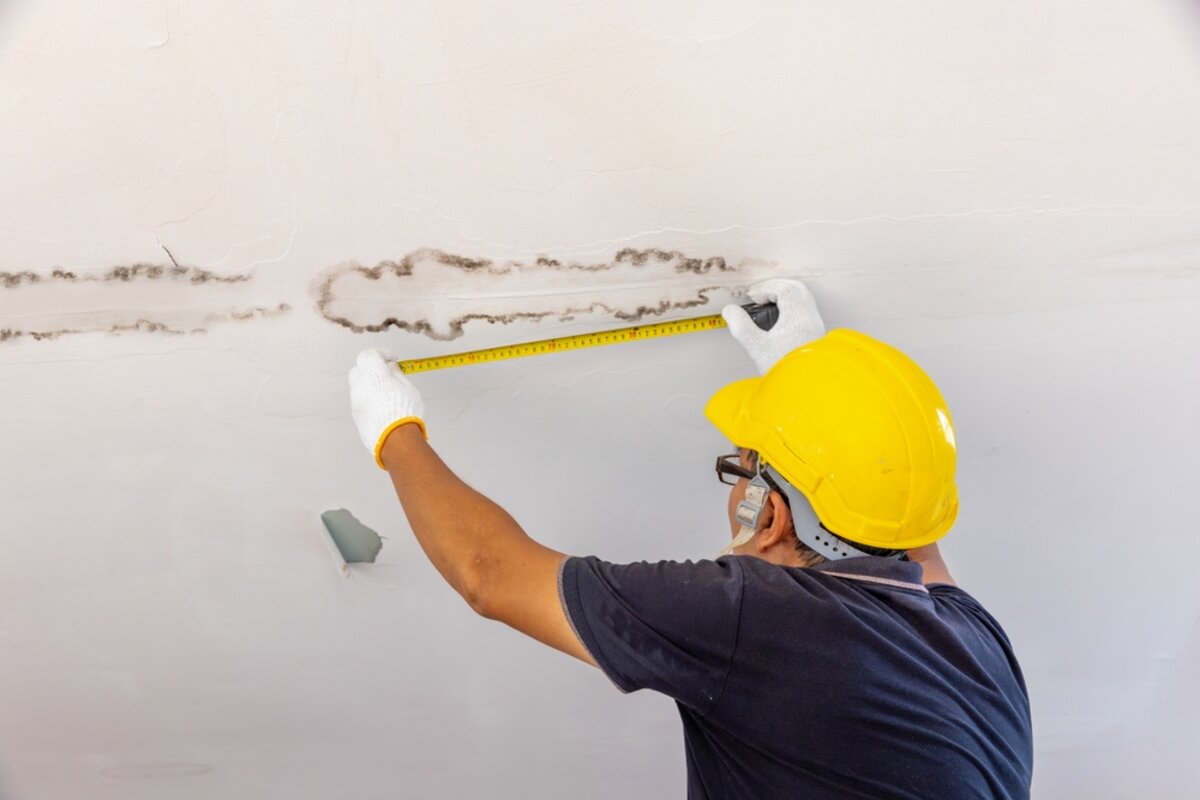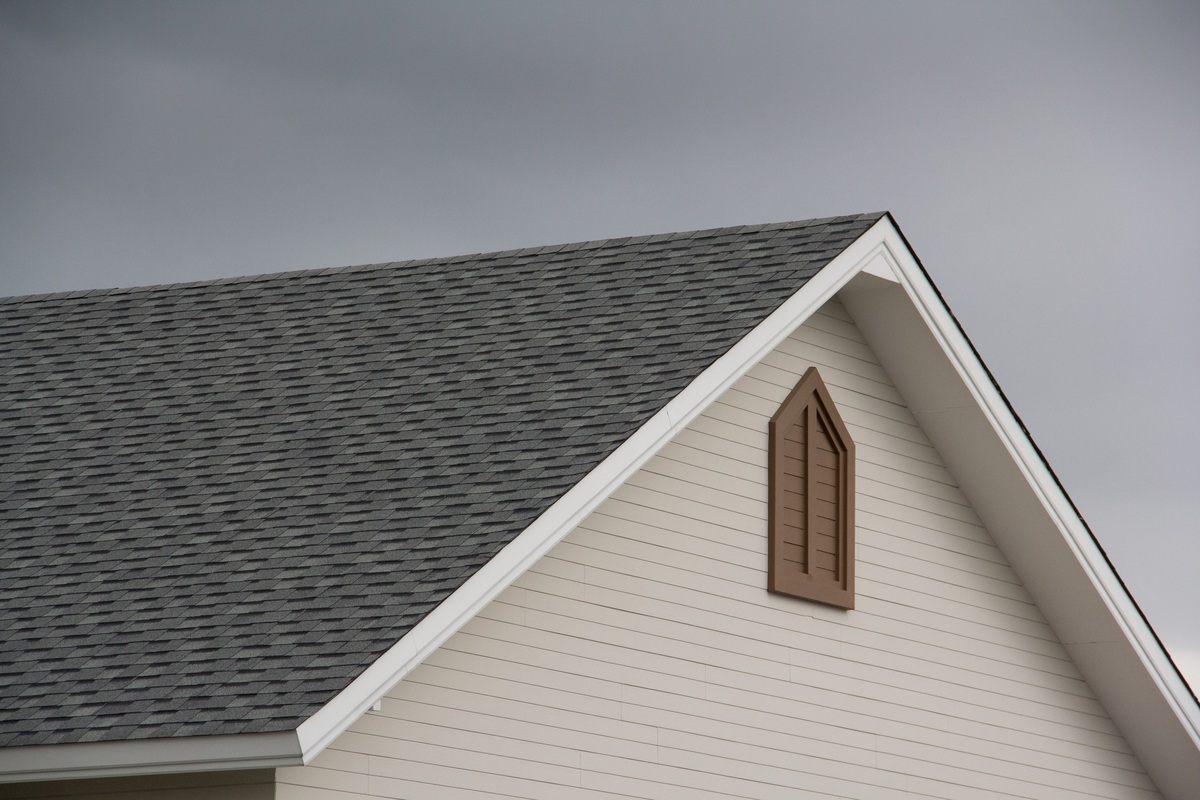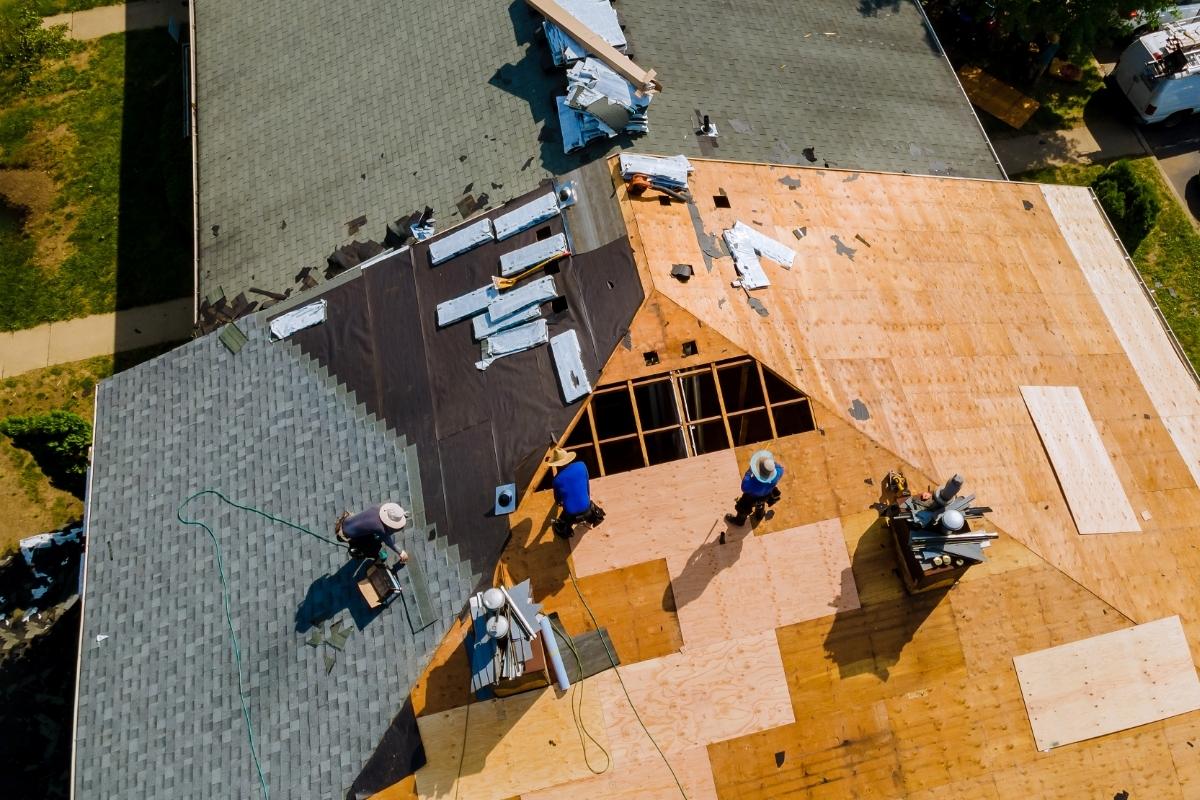A sudden water stain on the ceiling can be alarming. It’s a sign of moisture damage, but does it always mean you have a roof leak? Many homeowners assume the worst, picturing expensive roof repairs. However, the source of the stain might not be what you expect. Before calling a roofing contractor, it’s important to understand the possible causes and how to identify the problem.
Common Causes of a Water Stain on the Ceiling
Water stains form when moisture seeps into ceiling materials, leaving behind discoloration. While a roof leak is a common reason, other factors can contribute to the problem.
1. Roof Leaks
If the stain appears after heavy rain or snow, a leaky roof is a likely cause. Damaged shingles, cracked flashing, or clogged gutters can allow water to seep into your home. Over time, this moisture can weaken the structure and lead to mold growth.
2. Plumbing Leaks
If the stain is near a bathroom or kitchen, the issue might be with your plumbing. A leaking pipe, a loose connection, or a failing seal around a bathtub or toilet can allow water to escape and soak into the ceiling below.
3. Condensation from Poor Ventilation
In winter, warm indoor air rises and meets the cold roof deck, leading to condensation. If your attic isn’t properly ventilated, this moisture can build up and drip onto the ceiling.
4. HVAC System Issues
Air conditioning units, particularly those with attic ductwork, can cause ceiling stains. A clogged drain line or a malfunctioning drip pan can leak water and create discoloration over time.
5. Appliance Leaks or Overflowing Fixtures
Water heaters, washing machines, and dishwashers on an upper floor can be the hidden cause of a ceiling stain. If the stain is directly below an appliance, check for slow leaks or signs of past overflow.
How to Identify the Source of the Water Stain
Since a water stain on the ceiling doesn’t always mean a roof leak, follow these steps to narrow down the cause:
Check the Timing of the Stain
- If the stain appears after rain, your roof is likely the issue.
- If it worsens when someone showers, a plumbing leak might be the cause.
- If it forms in winter and disappears in warmer months, condensation could be to blame.
Inspect the Attic
- Look for damp insulation or mold growth near the stain.
- Check for signs of roof leaks, such as missing shingles or cracked flashing.
- If plumbing runs through the attic, inspect for leaks or condensation.
Monitor the Ceiling for Changes
- A growing stain suggests an ongoing leak.
- Peeling paint or sagging drywall means prolonged water exposure.
- A musty odor may indicate hidden mold.
What to Do If You Find a Water Stain
Once you’ve identified the source, take the necessary steps to fix the problem:
For Roof Leaks
- Replace damaged shingles or flashing.
- Clean gutters to prevent water backup.
- Seal minor leaks, but call a professional for major damage.
For Plumbing Leaks
- Tighten loose connections or replace faulty pipes.
- Shut off the water supply to prevent further damage.
- Contact a plumber if the issue is inside walls.
For Condensation Issues
- Improve attic ventilation.
- Insulate ductwork to reduce moisture buildup.
- Use a dehumidifier in high-humidity areas.
Preventing Future Ceiling Stains
To reduce the risk of ceiling stains in the future:
- Inspect your roof annually for damaged shingles.
- Check for leaks in bathrooms and kitchens.
- Keep gutters clean to prevent water from seeping under shingles.
- Maintain attic ventilation to control moisture levels.
- Service your HVAC system to prevent leaks.
When to Call a Professional

A water stain on the ceiling should never be ignored. While minor issues can sometimes be fixed with DIY solutions, a professional inspection is the best way to ensure there isn’t hidden damage. If you suspect a roof leak, plumbing issue, or ventilation problem, contact us at DryTech Exteriors today. Our team can assess the situation and provide expert solutions to keep your home safe and dry.




